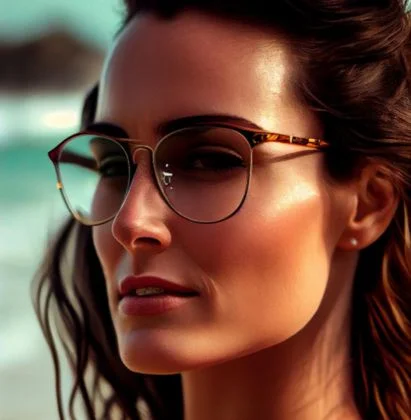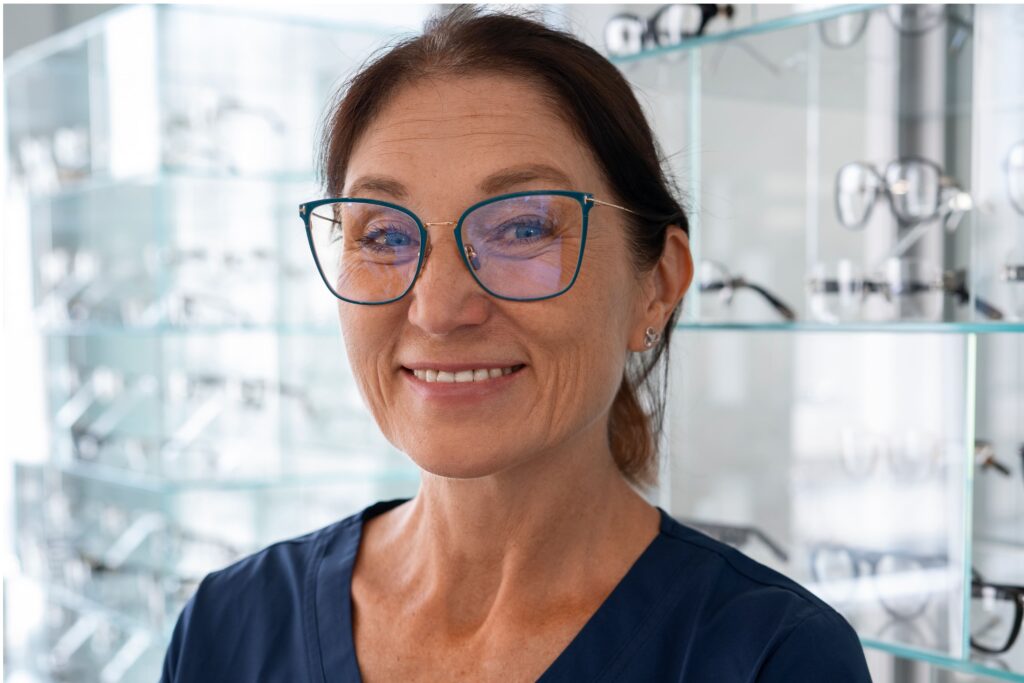Lenses for Glasses in Waterloo | Premier Optical - High-Quality Eyewear
Our Premier Optical team is dedicated to providing unparalleled vision with state-of-the-art lens technology. Lenses are the unsung heroes of eyewear, playing a crucial role in providing clear vision, protecting our eyes, and enhancing our visual experience. From correcting refractive errors to filtering harmful light, lenses come in various types and designs to meet the diverse needs of individuals.
OUR LENSES WE CARRY
WE ONLY CARRY AND DISPENSE BRANDED LENSES TO ENSURE THE BEST VISION
Premier Optical is renowned for its commitment to offering exceptional vision, using high end lens innovation.
Between examinations, if you notice a change in your vision, or your eye is injured in any way, contact your eye doctor as soon as possible.
WE OFFER THE MOST COMPETITIVE PRICING IN THE REGION
We accept all prescriptions at Premier Optical
Brands We Carry
Brands to define your Unique style with the highest quality in materials and styles. Our exclusive premium eyewear collection is only possible by keeping you in mind for that perfect look.








Types of Eyeglass Lenses
The design of your lens is the most important step in ensuring the vision you need. Lens design refers to the characteristics of the lens, and is the process of designing a lens to meet a set of performances, including:
- Surfacing:
The process by which a prescription is placed onto a lens. Digital or Traditional
- Lens Types:
Single Vision, Anti-Fatigue, Progressives, Bifocals, Computer/Office and more
- Lens Material:
CR-39 plastic, Hi-Index, Tribrid, Polycarbonate, Trivex and more
- Coatings:
Scratch resistance, Anti-Reflective, UV protection, Blue-light blocking and more
Let’s explore the different types of lenses and their unique features and benefits.
Blue light filtering

Transitions

polarization

Anti Reflection

Traditional vs. Digital Lens
Digital or high-definition lenses are custom made to account for the exact positioning of the eyes relative to the lenses and the frame measurements, including:
– Monocular PD – the distance from the centre of the nose to the centre of the pupil individually
– OC height – the vertical distance from the bottom of the frame to the centre of the pupil
– Frame wrap/size – the curvature of the frame/ size of the lens in the frame
– Pantoscopic tilt – the tilt angle of the frame front relative to the front plane of the face
– Vertex distance – the distance from the back of the lens to the eye
The result is that Digital/High-Definition lenses provide the widest field of view, sharper image quality/contract, better peripheral vision and improved colour enhancement. Full digital lenses are the best possible option within their own family of lenses.
Digital lenses are available in all types of lens design and all available materials.
Single Vision Lenses
This is the simplest type of lens which provides clear vision at a single focal length. For most people, such lenses are intended to view distance from far, reading or computer.
A single vision lens has the correct prescription situated in the optical centre. For ideal vision, the optical centre should be centered precisely in the centre of the pupil, in a well-fitting frame. Proper centration requires 2 measurements, the monocular PD and the OC height. Without these measurements, proper centration can not be achieved.
When the eyes do not look through the lens’ optical centre, vision may become distorted and blurred. The amount of blur and distortion depend on the lens centration, frame measurements including how far the lens is to the eyes and the power of the lens.
Progressive Lenses
With age, the crystalline lenses in our eyes begin to harden and become less flexible, which reduces our ability to focus up close. Presbyopia comes with age, even if you’ve never had to wear glasses before. Your vision is likely to change once you’ve hit your 40s or older.
Progressive lenses are designed to help with presbyopia by increasing the reading power the further down you look in the lens. The power of progressive lens changes gradually from point-to-point, providing the correct power to see clearly at virtually any distance.
There are more than 900 progressive designs that make it more complex for consumers. Each design is unique in how power transitions from distance to near. There are designs available that focus more on reading, Intermediate or distance.
There is no perfect progressive design for everyone, the choice of design is based entirely on what you need the most.
High-end progressive lenses are digitally surfaced with less distortion and blur on the sides, resulting in clearer viewing areas. These digital custom lenses deliver optimum vision at all distances.

Computer/Office Lenses
Computer progressive lenses are designed to offer better vision and more comfort at work. Modern technology governs and simplifies our lives both at home and at work. We spend a large portion of our time working on electronic devices and displays. As a result, it is essential to stay productive for long periods.
Full progressive lenses are not ideal for long-term computer use. They have a relatively narrower intermediate and reading area, which is also further down the lens. As a result, the user has to tilt his/her chin up and make a lot of head turn to be able to find the sweet viewing area.
Computer/office lenses are tailored to your specific needs and allow for a more relaxed posture. The lens design provides a wide field of vision from near to intermediate. Allow your head and neck to be in a natural, relaxed posture all day long. This helps you to see and work comfortably within the range of vision needed for your job.
LENS MATERIAL AND THICKNESS
This section becomes more technical therefore we touch base lightly with small literature
Plastic
lightweight and standard thickness suitable choice for the majority of prescriptions, especially those with weaker prescriptions
Extra Thin Lenses
Extra thin or High-Index Lenses come in three choices depending of the prescription.
Thin: An index of 1.60 roughly translates to 30% thin.
Thinner: An index of 1.67 roughly translates to 40% thin.
Thinnest: An index of 1.74 roughly translates to 50% thin.
Impact Resistant
Unbreakable lenses are made of highly durable materials and are the ideal choice for children eyewear and safety eyeglasses. Impact resistant lenses come in Polycarbonate and Trivex.